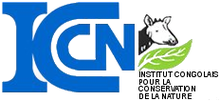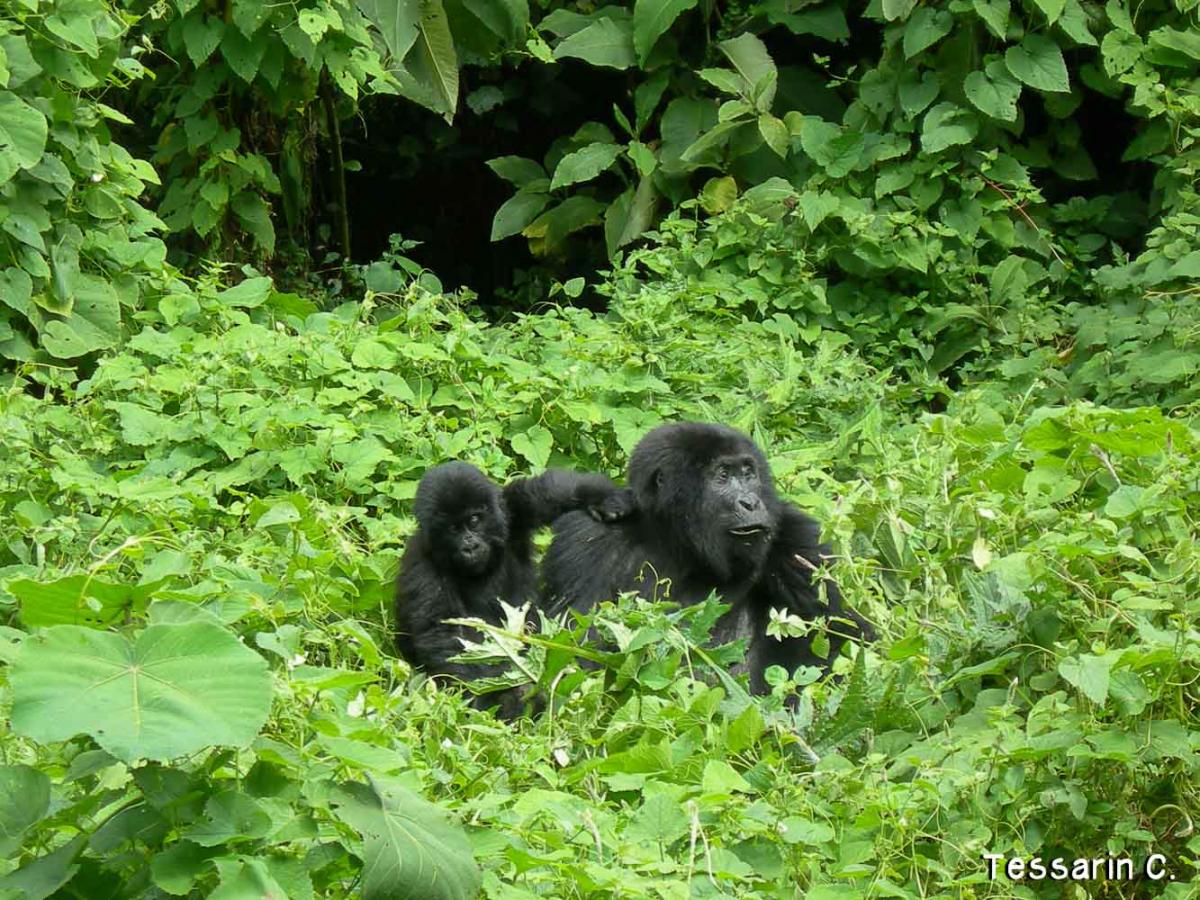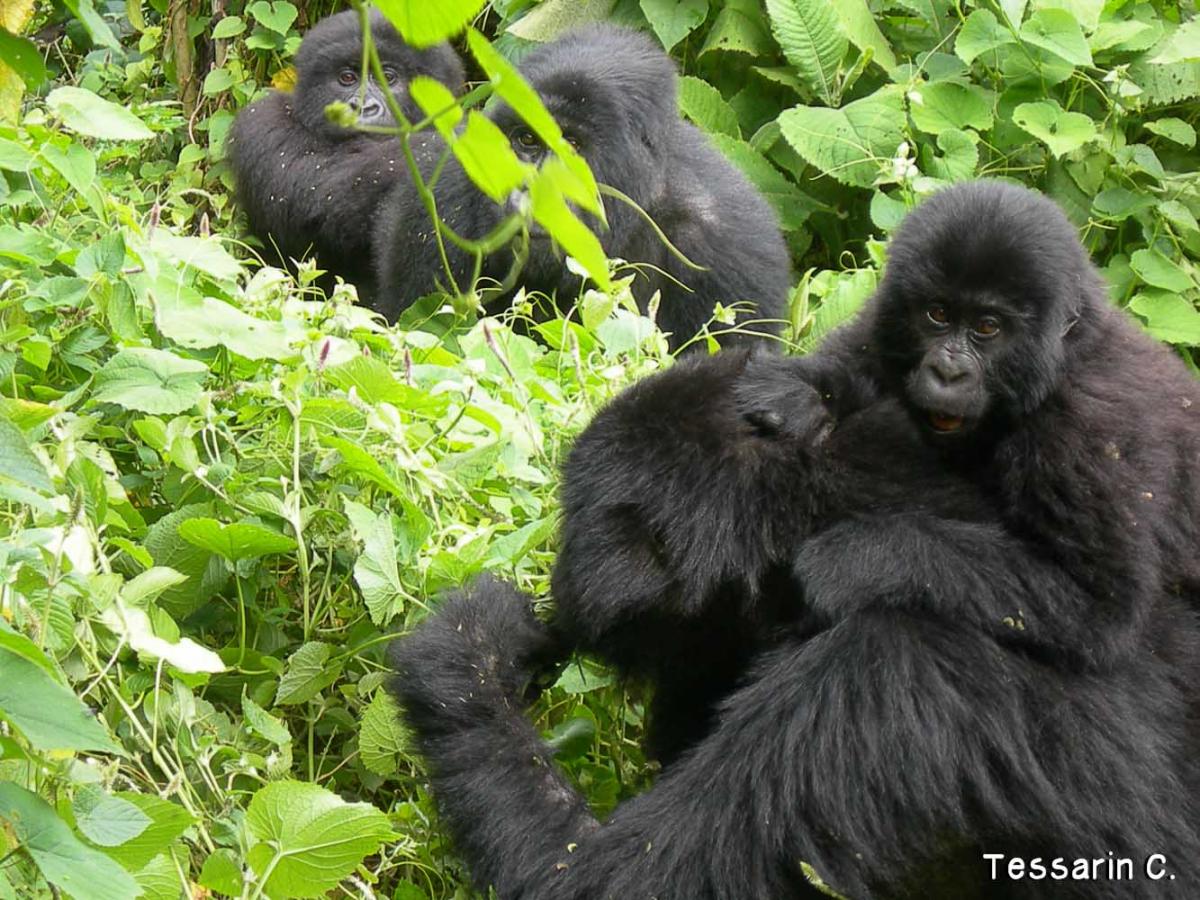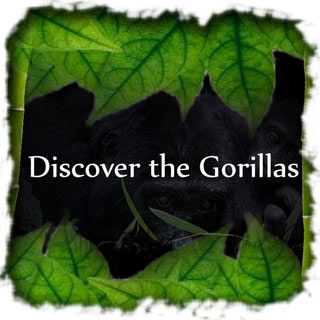 Formerly the park was known as the Albert National Park as it was established by Albert 1 during the Belgian Colonization. It is found on a total surface area of 7800 square km and stretches from the Virunga Mountains in the south, Rwenzori Mountains in the North (Uganda), in the Eastern Democratic Republic of Congo and bordering the Volcanoes National Park in Rwanda which is the line of western side of the Albertine Rift Valley. It was the first Africa’s National Park to be established in 1925 by Albert I of Belgium and was clarified as a world Heritage Site in 1979.
Formerly the park was known as the Albert National Park as it was established by Albert 1 during the Belgian Colonization. It is found on a total surface area of 7800 square km and stretches from the Virunga Mountains in the south, Rwenzori Mountains in the North (Uganda), in the Eastern Democratic Republic of Congo and bordering the Volcanoes National Park in Rwanda which is the line of western side of the Albertine Rift Valley. It was the first Africa’s National Park to be established in 1925 by Albert I of Belgium and was clarified as a world Heritage Site in 1979.
 Virunga National Park is managed by the Congolese National Park Authorities, the Institut Congolais pour la Conservation de la Nature (ICCN) and its partner the Africa Conservation Fund (UK). The Park’s history is much deeply affected by the political situation of the country. The Park has struggled to survive through the country’s troubled times like wars and conflicts. However, due to the dedication of some Politicians, conservationists, park rangers and wardens, the park has currently experienced a dramatic renewal. Its primary reason for the foundation was to protect the mountain gorillas living in the Virunga Forest. The park was later expanded northwards to include the Rwindi Plains, Lake Edward and the Rwenzori Mountains in the far north. Within the first 35 years, the park boundary took shape because, poaching was kept to a minimum level and sustainable tourism boosted due to the work of a large body of hand-picked Congolese rangers and dedicated wardens. Also other problems like land grabbing from the park by the local communities became an on –going problem and more attempts were made to solve these problems.
Virunga National Park is managed by the Congolese National Park Authorities, the Institut Congolais pour la Conservation de la Nature (ICCN) and its partner the Africa Conservation Fund (UK). The Park’s history is much deeply affected by the political situation of the country. The Park has struggled to survive through the country’s troubled times like wars and conflicts. However, due to the dedication of some Politicians, conservationists, park rangers and wardens, the park has currently experienced a dramatic renewal. Its primary reason for the foundation was to protect the mountain gorillas living in the Virunga Forest. The park was later expanded northwards to include the Rwindi Plains, Lake Edward and the Rwenzori Mountains in the far north. Within the first 35 years, the park boundary took shape because, poaching was kept to a minimum level and sustainable tourism boosted due to the work of a large body of hand-picked Congolese rangers and dedicated wardens. Also other problems like land grabbing from the park by the local communities became an on –going problem and more attempts were made to solve these problems.
On the Belgian’s granting of independence to Congo in 1969, there was a rapid deterioration of the state and the park as well not until 1969 when president Mobutu began to take an individual interest in the conversation about the park’s revival and this led to its renaming to Virunga National Park and it was at this time that the Congolese wildlife authority was established. Foreign investors helped a lot in the improvement of the park’s infrastructure and training facilities which made the park a popular tourism destination averagely receiving 6500 visitors a year.
The Park stabilized during the 1970s and in mid 1980s, the Mobutu regime began to lose its hold on power and the country began a long slide into chaos again. Because of this, the park suffered terribly in a way that Poaching depleted Virunga's large mammal populations, infrastructures leading to the park was destroyed, and many rangers were killed. The Congolese Wildlife Authority slowly lost control of Virunga and UNESCO changed the World Heritage Site status to "endangered."
The next twenty-five years that followed, the park staff went through a series of trials that included a refugee crisis from the Rwandan Genocide that contributed to the severe destruction of park forests, and armed militia penetration throughout the park. The Kivu War, the most recent of Congo's conflicts, centered exactly on the park, with rebel forces occupying the park headquarters and evicting the park's staff. By the end of 2008 it seemed as if Virunga was all but destroyed.
The political situation in Democratic Republic of Congo has changed since then. The Park was given back to ICCN and international donors are investing in the development of the park's infrastructure at unprecedented levels. Tourism increased from 0 in 2008 up to proximately to over 3000 in 2011 to admire the gorillas as well as the lava lake of the Nyiragongo Volcano. Tourist numbers increased steadily and new tourist activities were developed in the park, including the habituation of chimpanzees in the Tongo forest and a high-end lodge conveniently located near the center of the three main tourist attractions in the southern sector, north of Goma.
infrastructure at unprecedented levels. Tourism increased from 0 in 2008 up to proximately to over 3000 in 2011 to admire the gorillas as well as the lava lake of the Nyiragongo Volcano. Tourist numbers increased steadily and new tourist activities were developed in the park, including the habituation of chimpanzees in the Tongo forest and a high-end lodge conveniently located near the center of the three main tourist attractions in the southern sector, north of Goma.
However, as of now (July 2012) the major tourism activity in the Park which is Gorilla tracking has been suspended due to the insecurity within the region. There is a political fighting between the National Army and a group of breakaway soldiers who not only fight alone but along with other armed groups that are going about causing insecurity in North Kivu.

